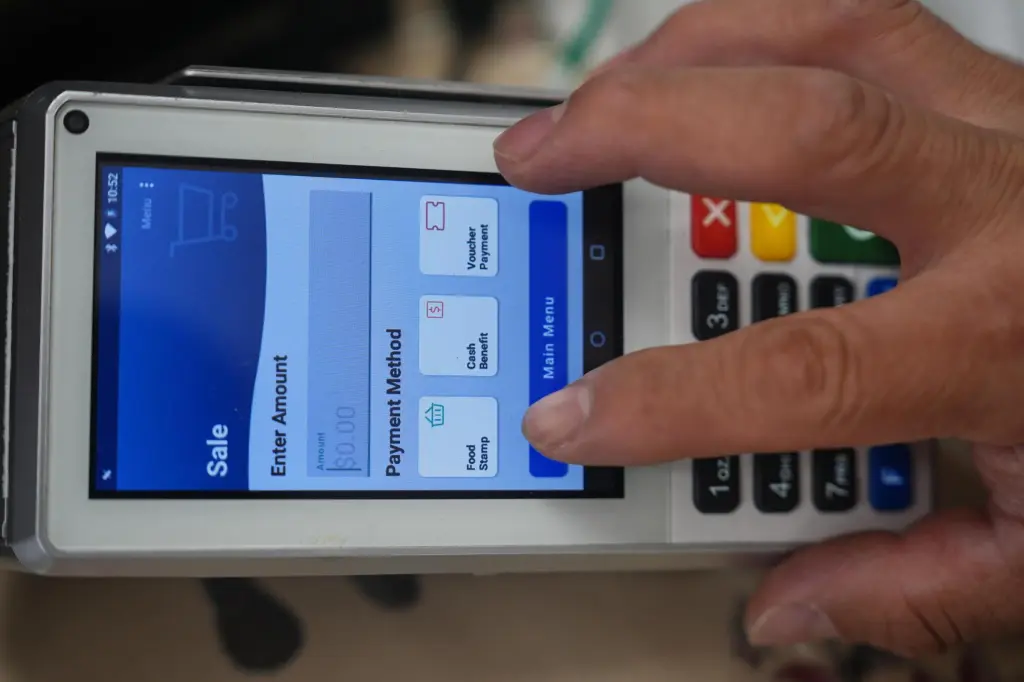Copyright St. Paul Pioneer Press

To place an obituary, please include the information from the obituary checklist below in an email to obits@pioneerpress.com. There is no option to place them through our website. Feel free to contact our obituary desk at 651-228-5263 with any questions. General Information: Your full name, Address (City, State, Zip Code), Phone number, And an alternate phone number (if any) Obituary Specification: Name of Deceased, Obituary Text, A photo in a JPEG or PDF file is preferable, TIF and other files are accepted, we will contact you if there are any issues with the photo. Ad Run dates There is a discount for running more than one day, but this must be scheduled on the first run date to apply. If a photo is used, it must be used for both days for the discount to apply, contact us for more information. Policies: Verification of Death: In order to publish obituaries a name and phone number of funeral home/cremation society is required. We must contact the funeral home/cremation society handling the arrangements during their business hours to verify the death. If the body of the deceased has been donated to the University of Minnesota Anatomy Bequest Program, or a similar program, their phone number is required for verification. Please allow enough time to contact them especially during their limited weekend hours. A death certificate is also acceptable for this purpose but only one of these two options are necessary. Guestbook and Outside Websites: We are not allowed to reference other media sources with a guestbook or an obituary placed elsewhere when placing an obituary in print and online. We may place a website for a funeral home or a family email for contact instead; contact us with any questions regarding this matter. Obituary Process: Once your submission is completed, we will fax or email a proof for review prior to publication in the newspaper. This proof includes price and days the notice is scheduled to appear. Please review the proof carefully. We must be notified of errors or changes before the notice appears in the Pioneer Press based on each day’s deadlines. After publication, we will not be responsible for errors that may occur after final proofing. Online: Changes to an online obituary can be handled through the obituary desk. Call us with further questions. Payment Procedure: Pre-payment is required for all obituary notices prior to publication by the deadline specified below in our deadline schedule. Please call 651-228-5263 with your payment information after you have received the proof and approved its contents. Credit Card: Payment accepted by phone only due to PCI (Payment Card Industry) regulations EFT: Check by phone. Please provide your routing number and account number. Cash: Accepted at our FRONT COUNTER Monday – Friday from 8:00AM – 3:30PM Rates: The minimum charge is $162 for the first 10 lines. Every line after the first 10 is $12.20. If the ad is under 10 lines it will be charged the minimum rate of $162. On a second run date, the lines are $8.20 per line, starting w/ the first line. For example: if first run date was 20 lines the cost would be $164. Each photo published is $125 per day. For example: 2 photos in the paper on 2 days would be 4 photo charges at $500. Deadlines: Please follow deadline times to ensure your obituary is published on the day requested. Hours Deadline (no exceptions) Ad Photos MEMORIAM (NON-OBITUARY) REQUEST Unlike an obituary, Memoriam submissions are remembrances of a loved one who has passed. The rates for a memoriam differ from obituaries. Please call or email us for more memoriam information Please call 651-228-5280 for more information. HOURS: Monday – Friday 8:00AM – 5:00PM (CLOSED WEEKENDS and HOLIDAYS) Please submit your memoriam ad to memoriams@pioneerpress.com or call 651-228-5280. By MARGERY A. BECK and GEOFF MULVIHILL, Associated Press Food banks and pantries were already struggling after federal program cuts this year, but now they’re bracing for a tsunami of hungry people if a pause in federal food aid to low-income people kicks in this weekend as the federal government shutdown persists. The rush has already begun. Central Christian Church’s food pantry in downtown Indianapolis scrambled Saturday to accommodate around twice as many people as it normally serves in a day. “There’s an increased demand. And we know it’s been happening really since the economy has downturned,” volunteer Beth White said, adding that with an interruption in funding for the federal Supplemental Nutrition Assistance Program, “it’s going to continue to get worse for folks.” It’s a concern shared by charitable food providers across the country as states prepare for lower-income families to see their SNAP benefits dry up. SNAP helps 40 million Americans, or about 1 in 8, buy groceries. The debit cards they use to buy groceries at participating stores and farmers markets are normally loaded each month by the federal government. That’s set to pause at the start of next month after the Trump administration said Friday that it won’t use a roughly $5 billion contingency fund to keep food aid flowing in November in the government shutdown. The administration also says states temporarily covering the cost of food assistance benefits next month will not be reimbursed. “Bottom line, the well has run dry,” the U.S. Department of Agriculture said in a statement. “At this time, there will be no benefits issued November 01.” It’s the latest in a string of hardships placed on charitable food services, which are intended to help take up the slack for any shortcomings in federal food assistance — not replace government help altogether. Charities have seen growing demand since the COVID-19 pandemic and the following inflation spike, and they took a hit earlier this year when the Trump administration ended programs that had provided more than $1 billion for schools and food banks to fight hunger. Food pantry visitors are worried Reggie Gibbs, of Indianapolis, just recently started receiving SNAP benefits, which meant he didn’t have to pick up as much from Central Christian Church’s food pantry when he stopped by on Saturday. But he lives alone, he said, and worries what families with children will do. “I’ve got to harken back to the families, man,” he said. “What do you think they’re going to go through, you know?” Martina McCallop, of Washington, D.C., said she’s worried about how she’ll feed her kids, ages 10 and 12, and herself, when the $786 they get in monthly SNAP benefits is gone. “I have to pay my bills, my rent, and get stuff my kids need,” she said. “After that, I don’t have money for food.” She’s concerned food pantries won’t be able to meet the sudden demand in a city with so many federal workers who aren’t being paid. In Fairfax County, Virginia, where about 80,000 federal workers live, Food for Others executive director Deb Haynes said she doesn’t expect to run out of food entirely, largely because of donors. “If we run short and I need to ask for help, I know I will receive it,” Haynes said. Food banks feel the increased demand Food pantries provide about 1 meal to every 9 provided by SNAP, according to Feeding America, a nationwide network of food banks. They get the food they distribute through donations from people, businesses and some farmers. They also get food from U.S. Department of Agriculture programs and sometimes buy food with contributions and grant funding. “When you take SNAP away, the implications are cataclysmic,” Feeding America CEO Claire Babineaux-Fontenot said. “I assume people are assuming that somebody’s going to stop it before it gets too bad. Well, it’s already too bad. And it’s getting worse.” Some distributors are already seeing startling low food supplies. George Matysik, executive director of Share Food Program in the Philadelphia area, said a state government budget impasse had already cut funding for his program. “I’ve been here seven years,” Matysik said. “I’ve never seen our warehouses as empty as they are right now.” States scramble to fill in where they can New York Gov. Kathy Hochul said she is fast tracking $30 million in emergency food assistance funds to “help keep food pantries stocked,” and New Mexico Gov. Michelle Lujan Grisham said her state would expedite $8 million that had been allocated for food banks. Officials in Louisiana, Vermont and Virginia said last week they would seek to keep food aid flowing to recipients in their states, even if the federal program is stalled. Other states aren’t in a position to offer much help, especially if they won’t be reimbursed by the federal government. Arkansas officials, for example, have been pointing recipients to find food pantries, or other charitable groups — even friends and family — for help. AP writers JoNel Aleccia in Los Angeles, Anthony Izaguirre in Albany, New York, Susan Montoya Bryan in Albuquerque, and video journalists Obed Lamy in Indianapolis and Mike Householder in Detroit contributed to this report.



